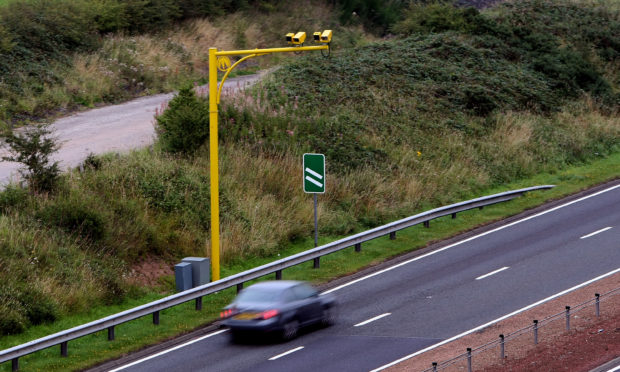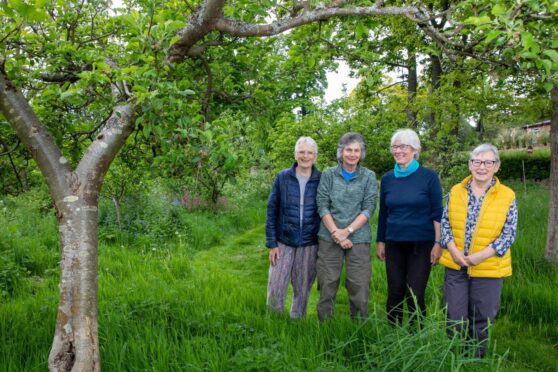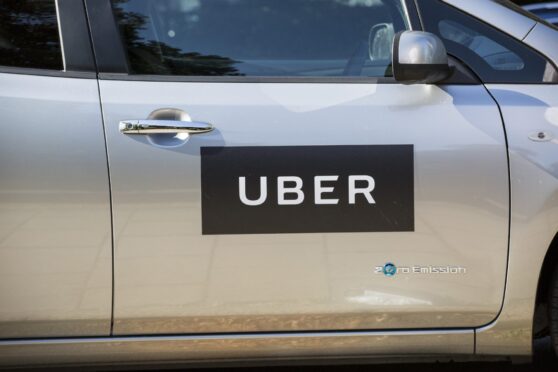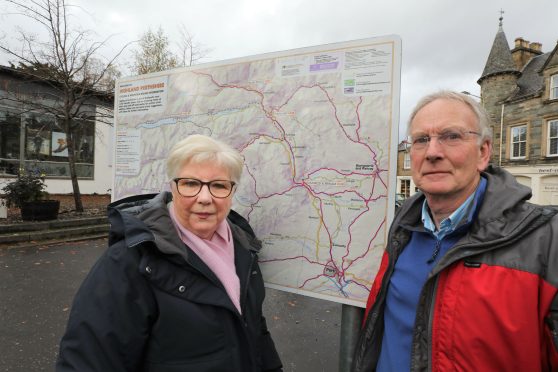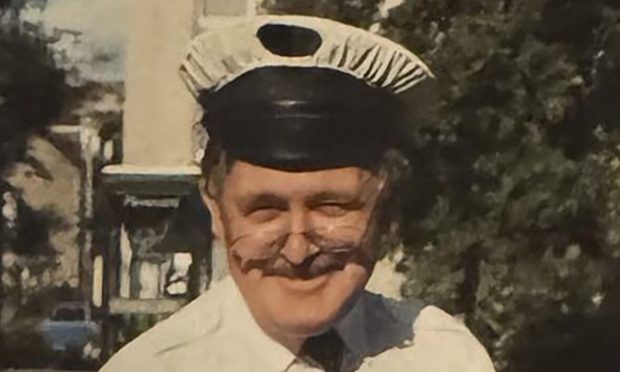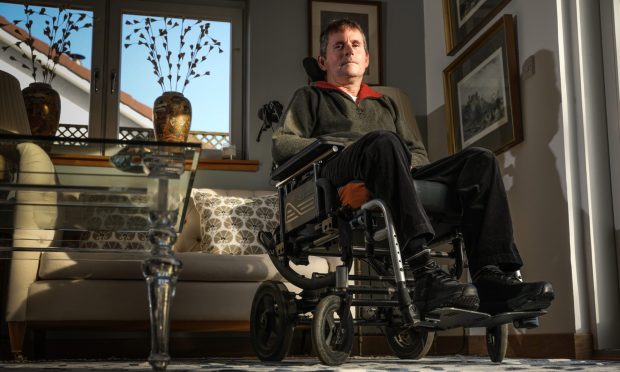Speed cameras will be installed on Perthshire roads after 21 reported crashes in three years.
Average speed cameras will be erected on the A85 and A82 between Lix Toll in Killin and Tyndrum later this summer.
Transport Scotland said one in three drivers are speeding on the 16 mile stretch, which connects the central belt to the west coast.
Speed camera vans have been operating on the roads but there have still been 21 reported accidents in the last three years, causing 11 serious injuries and one death.
Scotland’s cabinet secretary for transport, infrastructure and connectivity, Michael Matheson, said: “Installing the £250,000 average speed cameras on the A82 and A85 roads between Tyndrum and Lix Toll will help to make the road safer for everyone travelling along the route.
“We already know from our experience with average speed cameras successfully deployed elsewhere on our road network that they encourage improved levels of driver behaviour, with a 60% reduction in the number of killed or seriously injured casualties on similar rural single carriageways sections of road.
“This investment will deliver a range of benefits for road users. This includes reducing road casualties, improving journey time reliability and reducing the frequency of incidents and disruptive closures.”
